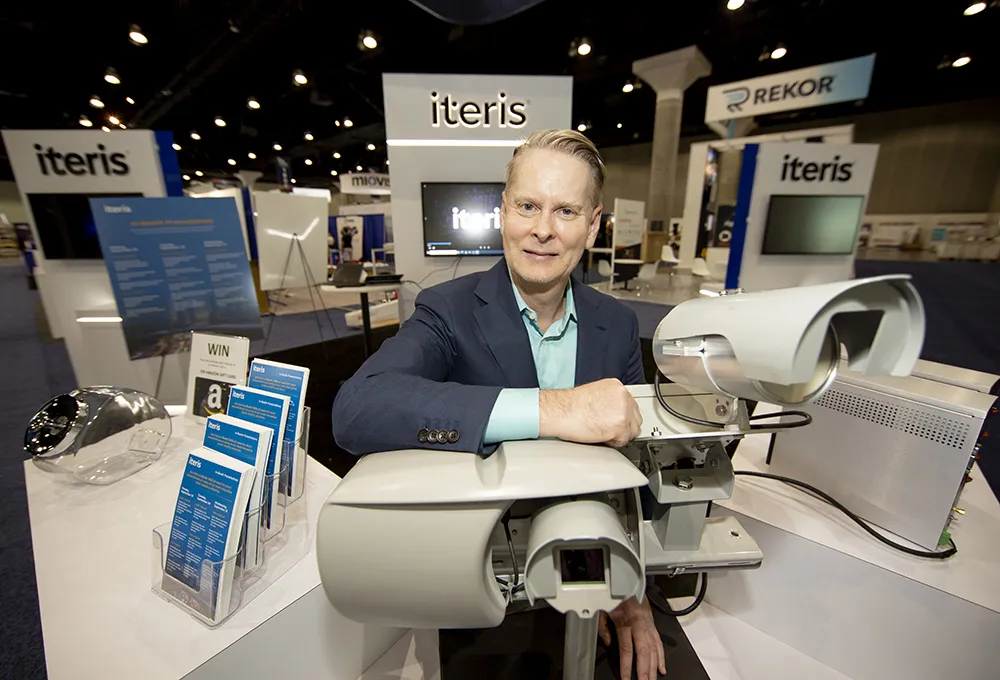Toyota has revealed two new integrated safety systems designed to reduce the risk of pedestrian collisions and deliver safer driving in traffic, both of which will be brought to market in the next few years.
Its auto-steering function for its pre-collision system (PCS) works in conjunction with automatic braking to help the driver avoid an impact, while its automated highway driving assist (AHDA) system keeps the car on an optimum driving line and a safe distance from the vehicle in front.
October 14, 2013
Read time: 3 mins
Its auto-steering function for its pre-collision system (PCS) works in conjunction with automatic braking to help the driver avoid an impact, while its automated highway driving assist (AHDA) system keeps the car on an optimum driving line and a safe distance from the vehicle in front.
PCS uses an on-board sensor to detect a pedestrian in the vehicle's path. If it determines there is a collision risk, it triggers a warning light on the dashboard, immediately in front of the driver; if the likelihood of an impact increases, it sounds an alarm to warn the driver to take avoiding action and initiates pre-collision braking force and automatic braking.
If the system detects that a collision cannot be avoided by braking alone, and there is sufficient room for avoidance, it activates steer assist to direct the vehicle away from the pedestrian.
The AHDA system links two driving technologies to help secure safer driving and reduce the workload on the driver: co-operative-adaptive cruise control, which communicates wirelessly with vehicles ahead to maintain a safe distance; and lane trace control, which helps steer the vehicle on an optimal driving line within a traffic lane.
Co-operative adaptive cruise control uses 700-Mhz band vehicle-to-vehicle ITS communications to acquire acceleration and deceleration data from the vehicle ahead. This allows the speed of the following vehicle to be adjusted accordingly and better maintain an appropriate distance. By reducing unnecessary acceleration and deceleration, it improves fuel efficiency and helps reduce traffic congestions.
Lane trace control features brand new Toyota automated driving technologies. It uses high-performance cameras, millimetre-wave radar and control software to keep an optimum, smooth driving line within a traffic lane at all speeds, adjusting the vehicle's steering angle, driving torque and braking force when needed.
Ahead of trials on the Shuto Expressway near the Tokyo metropolitan area starting on 15 October, Toyota will exhibit AHDA at the 20th Intelligent Transport Systems World Congress Tokyo 2013 from 14 to 18 October.
To bring its new driving support systems to market as soon as practicable, Toyota is making use of new component technologies and know how gained through road testing using its advanced active safety research vehicle, based on a









